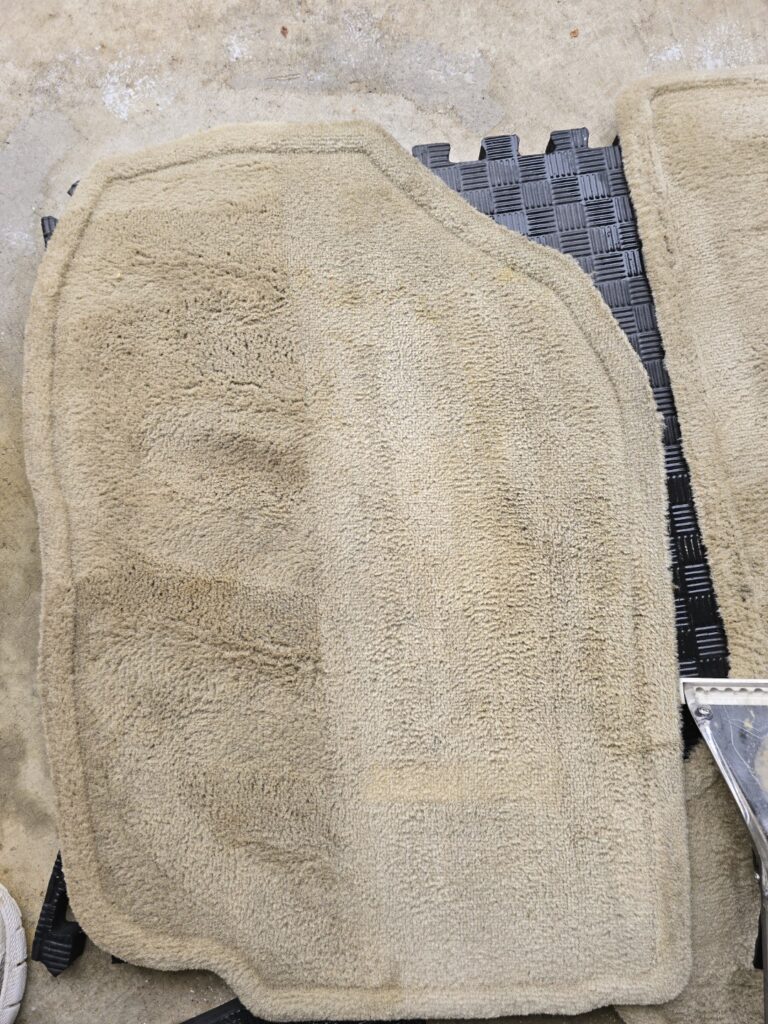
Introduction
Ever stare at the inside of your car and wonder how it got so messy so fast? From coffee spills to mystery crumbs, it seems like the interior attracts dirt and grime like a magnet. And let’s face it, who has the time for a professional cleaning every other week? The good news is that there are plenty of simple yet highly effective hacks for making your car’s interior look and feel brand new—without spending a fortune on fancy products or devoting an entire day to cleaning. In this article, you’ll discover the secrets of interior auto detailing that you’ll wish you knew sooner. Buckle up—this is going to be a deep dive into the world of interior auto detailing bliss!
The Basics of Interior Auto Detailing

Why You Should Care
Think about how much time you spend in your car. It’s your daily ride to work, your weekend getaway companion, and sometimes even your dining room on the go (hello, fast-food drive-through). Keeping it clean is about more than aesthetics. It impacts your overall well-being and mood. A neat cabin offers a sense of calm and comfort, whether you’re heading to a business meeting or taking a long trip with friends or family. Moreover, a clean interior can actually add to your car’s resale value. When it comes time to sell or trade in your vehicle, a spotless, well-maintained interior could fetch you some extra cash.
The Key Role of Tools and Materials
Before we start attacking those stains, it’s important to gather the right equipment. High-quality microfiber towels, soft brushes, a powerful vacuum with attachments, and pH-balanced cleaning solutions are your must-haves. Think of it like cooking a gourmet meal: you need the right utensils for the job. By investing in a few basic detailing supplies, you’ll set yourself up for success. After all, cleaning a car interior is partly art and partly science, but it’s also about using the right “paintbrushes.”
Getting Organized: Preparing Your Vehicle

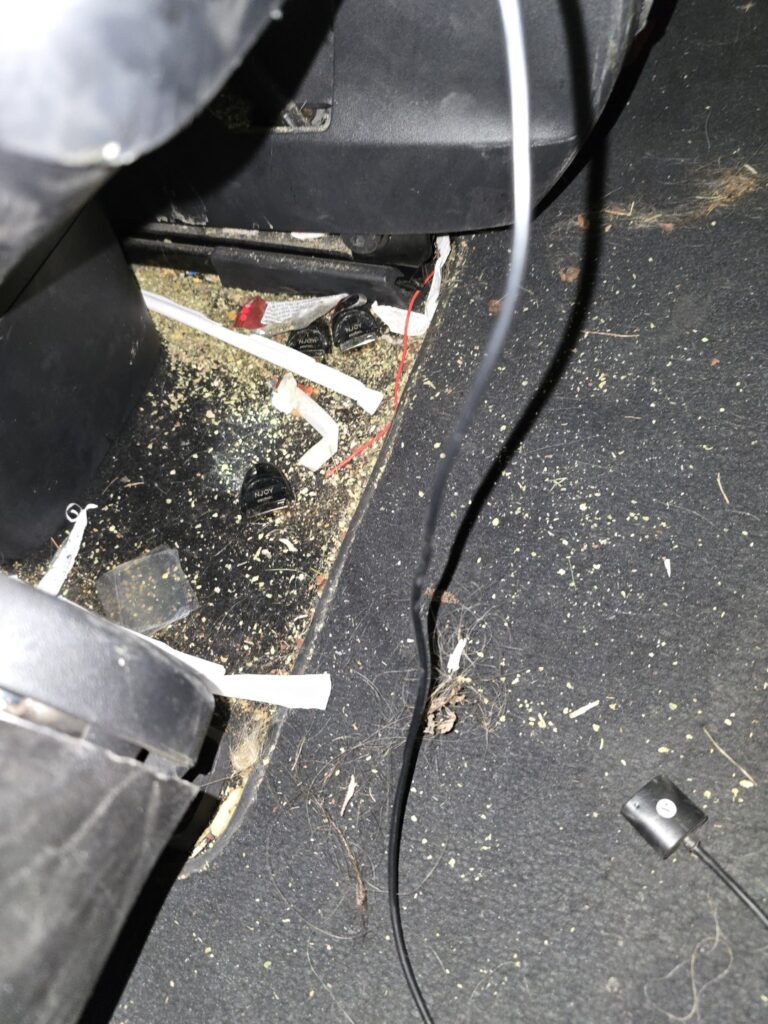
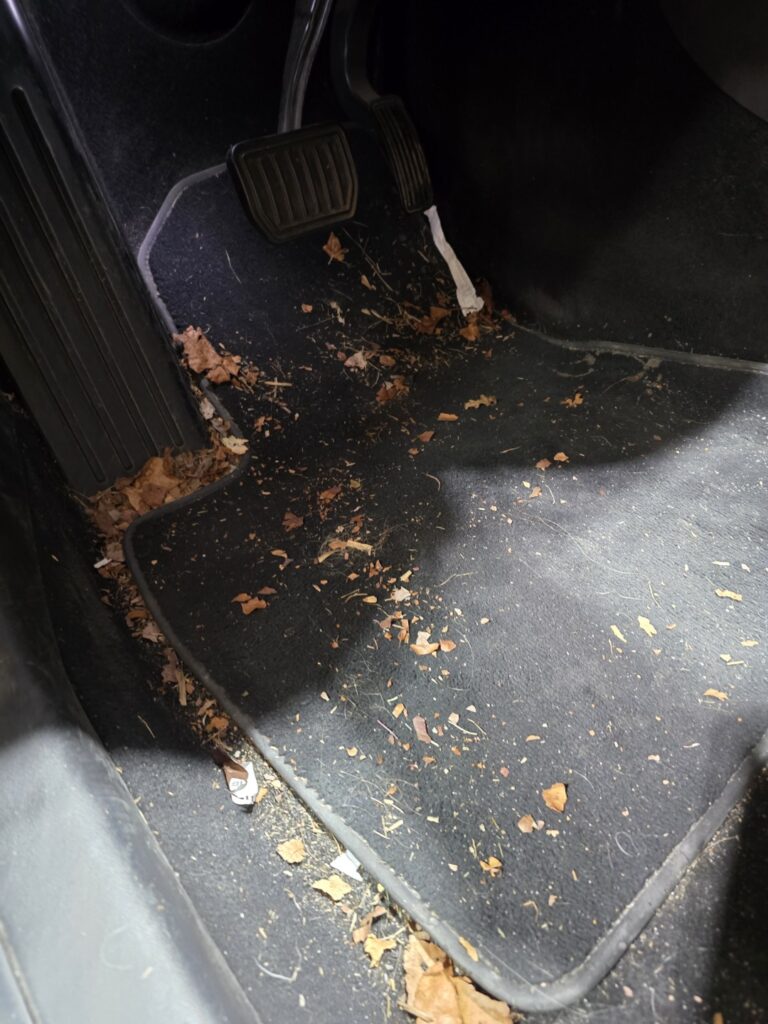
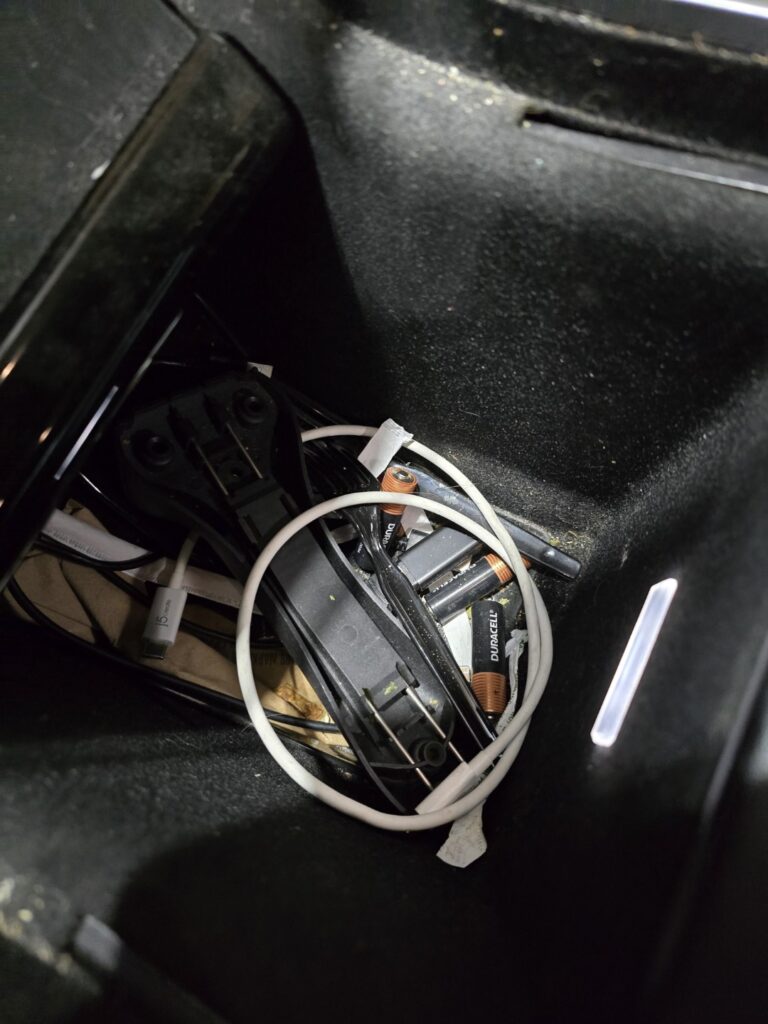
De-Cluttering and Removing Personal Items
Before you start scrubbing anything, take a moment to collect trash, loose change, old receipts, and any personal items hiding under seats or in compartments. Toss what you don’t need, and store the keepers in a safe place. There’s no point in cleaning around the clutter. Imagine vacuuming around a plastic bottle for 15 minutes only to realize you could have just thrown it away in seconds.
Laying the Groundwork with Protective Coverings
If you’re planning a major cleaning session, it might be worthwhile to put down some protective coverings on your driveway or garage floor to catch spills and debris. Sometimes, the dirt you remove from your car will be substantial, especially if you haven’t given it a thorough interior cleaning for a while. By containing the mess, you make your life easier when you’re done. Additionally, ensure you have enough ventilation. Roll down the windows or open the doors so you’re not cooped up in a small space filled with chemical fumes.
The All-Important Vacuum Hack
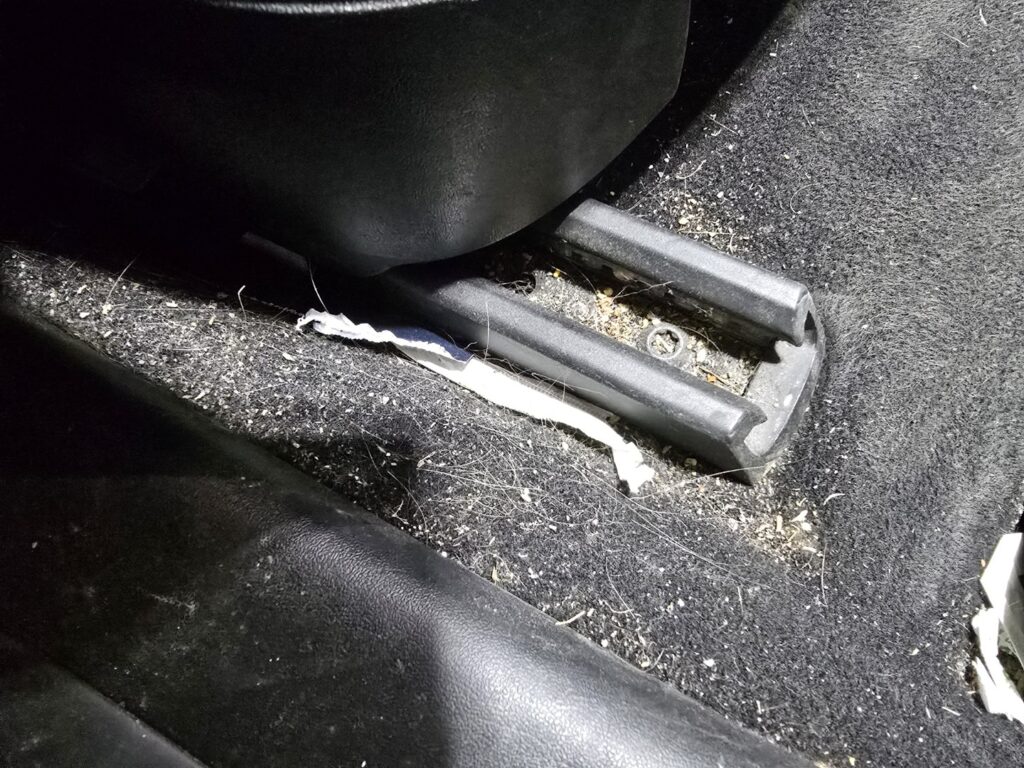
Reaching Hidden Nooks and Crannies
One of the biggest challenges in interior detailing is reaching those sneaky corners where dirt hides. From the cracks between seat cushions to the space beneath the pedals, dust and debris love to hide in these neglected nooks. A simple trick is to use a small, stiff-bristled brush or even a toothbrush to loosen the dirt before vacuuming. If you have an air compressor, you can blow the dust out into more accessible areas, then vacuum it up in one go.
Working With Attachments
Vacuum attachments are a game-changer. The crevice tool can get into tight corners, while a brush attachment can handle delicate surfaces like vents and dashboard. Take your time exploring these different heads because each one is designed for a specific purpose. It’s a lot like having different brushes for painting—one small detail brush can make or break the final masterpiece.
Fabric and Upholstery Care
Spot-Treating Stubborn Stains
No matter how carefully you drive, spills happen. Coffee, soda, ketchup, you name it. If you’ve got a fresh spill, blot it immediately with a clean towel or paper towel to prevent it from seeping deeper into the fabric. For older, set-in stains, a fabric-safe cleaner is your best friend. Spray a small amount, let it soak for a few minutes, then gently scrub in a circular motion. Avoid using too much water, as excess moisture can lead to mold. Think of it like nursing a minor wound—clean, treat, and let it heal properly.
DIY vs. Professional Solutions
Some folks swear by homemade cleaning solutions, such as a mixture of vinegar and water for light cleaning, or baking soda paste for tougher stains. Others prefer professional-grade upholstery cleaners. Both can work wonders; it really depends on your personal preference and the nature of the stain. For especially stubborn stains like grease or ink, you might consider commercial stain removers. Just make sure to test any new product on a small, hidden area first to avoid discoloration or damage.
Carpet Cleaning Secrets
Deep Cleaning Techniques
Car carpets endure a lot—muddy shoes, dropped snacks, pet hair. A quick pass with the vacuum won’t always cut it. Deep cleaning often involves a special carpet cleaning solution, warm water, and a bristle brush. Work the solution into the carpet fibers in a circular motion, then blot up the excess with a dry towel. If you have a carpet extractor or a steam cleaner, even better! These devices can suck up deep-seated dirt and revitalize your carpeting in a way a vacuum alone can’t.
Quick Fixes for Spills and Odors
If you spill something on the carpet, like juice or milk, speed is key. Immediately blot it with a towel to remove as much liquid as possible. Then, sprinkle a bit of baking soda to absorb any remaining moisture and neutralize odors. Let it sit for at least 15 minutes before vacuuming it up. This quick hack can save you from the lingering aroma of spoiled milk, which nobody wants in their car.
Leather Seat Revitalization
Choosing the Right Cleaner
Leather seats are luxurious, but they do require extra TLC to keep them looking their best. Always check the label of any leather cleaner or conditioner you plan to use. Ideally, it should be pH-balanced and specifically formulated for automotive leather. Household cleaners can be too harsh, causing the leather to dry out or crack over time.
Steps for Conditioning and Protecting
Start by gently wiping the seats with a slightly damp microfiber cloth to remove surface dust. Apply a small amount of leather cleaner to a separate cloth (or soft sponge) and work it into the leather using a circular motion. After it’s dry, use a leather conditioner to restore its suppleness and protect against future wear and tear. Think of it like moisturizing your skin—skip this step, and you risk cracking and dryness.
Dashboard and Console Transformation
Dusting in Tight Spaces
Dashboards and consoles can become dust magnets, and that dust can turn into a sticky film over time. A soft-bristled brush is a handy tool for brushing out vents and other tight areas. You can even use a can of compressed air to blow out stubborn dust from crevices like cup holders and dashboard seams. The more thoroughly you remove the dust now, the less likely it is to turn into grime later.
Dealing with Sticky Residues
Maybe you peeled off an old sticker from the dash, or maybe some gum got stuck on the console—who knows how these things happen, but they do. To tackle sticky residues, start with a mild all-purpose cleaner. Spray it on a microfiber cloth (not directly on the surface, to avoid oversaturating) and gently rub in a circular motion. If it’s a particularly stubborn residue, apply a little heat with a hair dryer to loosen it up, then wipe away.
Window and Mirror Mastery
Achieving a Streak-Free Shine
There’s nothing more distracting than a smudgy window, especially when driving into direct sunlight. For a crystal-clear finish, use a dedicated glass cleaner and a lint-free towel. Spray the cleaner onto the towel rather than directly onto the glass to avoid overspray on your dashboard. Wipe in a vertical motion first, then go horizontal. This pattern helps you quickly spot any streaks you might have missed.
Avoiding Common Mistakes
Beware of ammonia-based cleaners—they can damage window tint and leave a nasty odor. Also, don’t skip the step of cleaning the interior of the windshield; it’s easy to forget, but it accumulates a fine film of road grime and outgassing from the plastic components in your car. Lastly, keep a separate towel for glass to prevent cross-contamination with other cleaners that might cause streaking.
Steering Wheel and Controls Cleaning
Bacteria Build-Up and Germ Prevention
Imagine all the places your hands touch before they grip your steering wheel. That’s a major hotspot for bacteria and germs. A quick once-over with an antibacterial wipe or a microfiber cloth spritzed with disinfectant can keep the wheel (and the rest of your controls) cleaner and healthier. This is especially vital during cold and flu season or if multiple people share the vehicle.
Gentle Cleaning Solutions
Many steering wheels are made of leather or synthetic materials that can be sensitive to harsh chemicals. Opt for mild, pH-balanced cleaners or even a light soap-and-water solution to avoid any damage. Always do a spot test to be safe. Think of your steering wheel as the heart of your car’s interior—it’s worth a little extra care.
Deodorizing the Cabin
Using Natural Air Fresheners
If you’re not a fan of artificial fragrances, there are natural alternatives. A small satchel of activated charcoal or baking soda can absorb odors over time. Essential oils can be added to these satchels for a subtle, pleasant scent. Think of these as the potpourri of the automotive world—simple, natural, and effective.
Eliminating Lingering Odors for Good
Sometimes, a foul smell can be a symptom of a deeper issue, like mold in the air conditioning system or a spilled liquid that seeped beneath the carpet. In those cases, you might need a professional’s help to root out the cause. But for everyday odors—think fast-food remnants or cigarette smell—a thorough cleaning of carpets, seats, and air vents combined with an odor-eliminating spray should do the trick.
Hidden Details: Door Jambs, Seat Belts, and More
Wiping Down Door Jambs
Door jambs are often overlooked, yet they can accumulate layers of grime over time. The next time you open your door, take a peek at that metal framing. If it’s caked with dirt, grab a microfiber cloth and an all-purpose cleaner. Wipe thoroughly from top to bottom, and don’t forget the rubber seals. Clean door jambs can give your car a truly polished look—as if you just drove it off the dealership lot.
Maintaining Seat Belts and Buckles
Seat belts see constant use and can accumulate sweat, oils, and spills. To clean them, gently extend the belt, and use a mild fabric cleaner or warm soapy water with a soft brush. Scrub carefully, and then let it air-dry fully before retracting it. Avoid soaking the belt or getting the retractor mechanism too wet, as that can compromise its functionality. For the buckles, a cotton swab dipped in rubbing alcohol can effectively remove gunk.
Final Touches and Protective Measures
Keeping Surfaces UV-Protected
UV rays can break down plastic, vinyl, and leather over time. Using a UV-protectant spray or conditioner not only makes your interior look shiny and new but also extends the life of the materials. Think of it like sunscreen for your car’s interior—it may not be visible right away, but it’s crucial for long-term health.
Applying Protective Sprays and Waxes
If you want to go the extra mile, consider applying an interior protectant to plastic and vinyl surfaces. These products often repel dust and can reduce the likelihood of minor scratches. Some detailing enthusiasts also use a specialized interior wax for a silky finish on plastic and rubber parts. It’s akin to polishing your fine china—an extra step that yields a noticeable glow.
Long-Term Maintenance Tips
Regular Upkeep
To keep your car from deteriorating in the first place, build a routine. Maybe you vacuum once a week or wipe down surfaces every couple of days. If you’re consistent, you’ll rarely need a long, grueling cleaning session. Just like brushing your teeth daily is easier than dealing with cavities later, small, regular touches keep your car in prime condition.
Seasonal Care
Your car’s interior faces different challenges depending on the season. In winter, salt and melted snow can wreak havoc on carpets, so invest in quality floor mats and clean them regularly. In summer, leather seats can dry out faster, so condition them more frequently. Think of it as adjusting your skin-care routine based on the weather.
Conclusion
By now, you’ve gotten a thorough walkthrough of the many ways to achieve a spotless, fresh-smelling interior that looks like it just rolled off the assembly line. The best part is, these techniques don’t require expensive gadgets or specialized knowledge—just a bit of dedication, the right tools, and a willingness to roll up your sleeves. With regular upkeep and an eye for detail, you can extend your vehicle’s lifespan and maintain its comfort, value, and style. So why wait? Put these interior auto detailing hacks to good use and enjoy a cleaner, more inviting car every time you hit the road.
FAQs
- How often should I detail my car’s interior?
It depends on how heavily you use your car. If you regularly eat or transport pets inside your vehicle, aim for a quick clean once a week and a more thorough detailing every month or two. Otherwise, you might get away with a deep clean every few months. - Can I use household cleaning products on my car’s interior?
Some mild household cleaners can work, but always test on a small, hidden area first. Certain all-purpose cleaners may be too harsh for materials like leather or vinyl, so pH-balanced automotive cleaners are safer bets. - What’s the best way to remove pet hair from upholstery?
A rubber glove or squeegee can work wonders for gathering pet hair into clumps you can easily vacuum. Lint rollers are also a handy, quick fix for stray fur. - Do I need a separate cleaner for windows and mirrors?
Yes, it’s ideal to have a dedicated glass cleaner for windows and mirrors. Other cleaners might leave streaks or damage tinted film. A glass-specific product ensures crystal-clear results. - Will steam cleaning damage my car’s interior?
Steam cleaning is generally safe if done correctly. However, use caution on delicate areas like leather seats. Too much moisture or incorrect temperature settings could cause damage, so follow the device’s instructions or consult a professional if you’re unsure.
